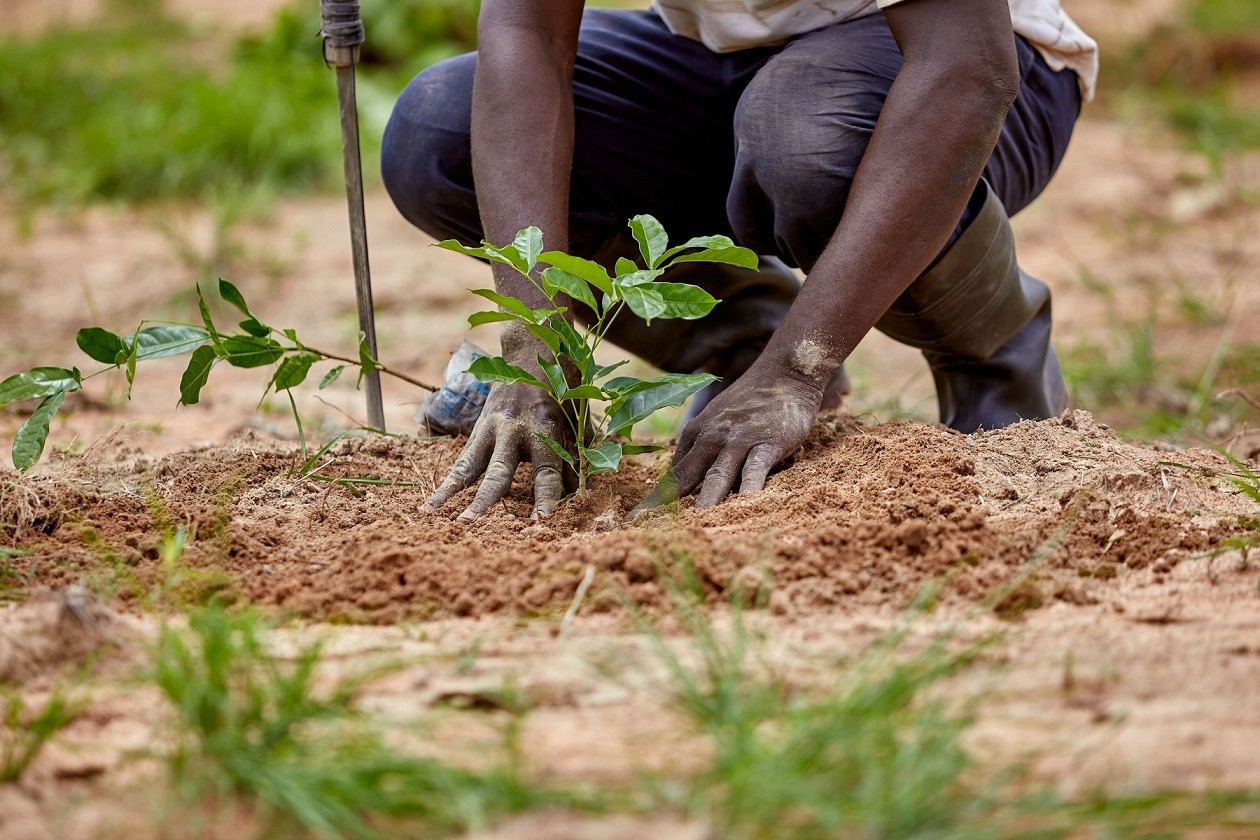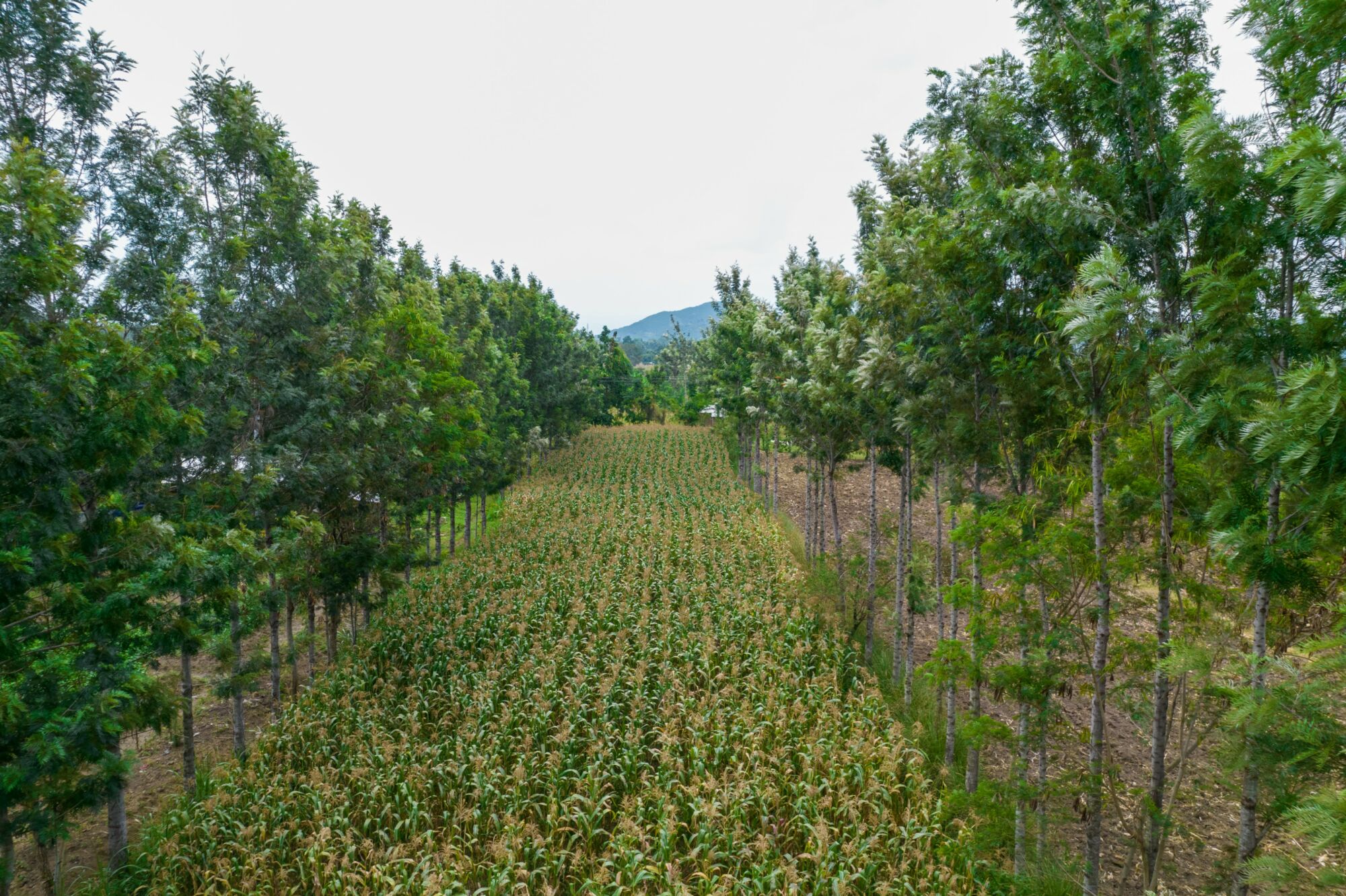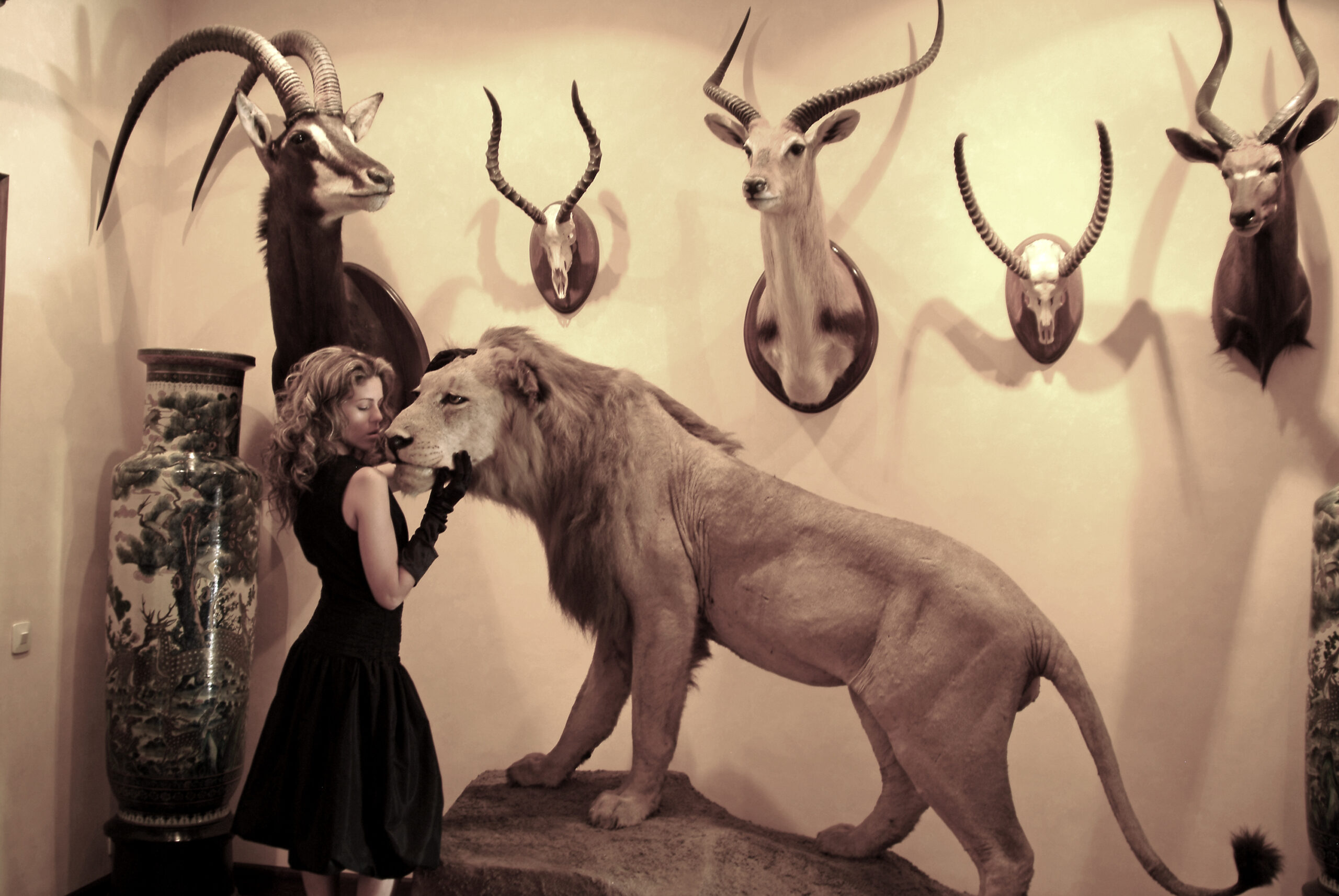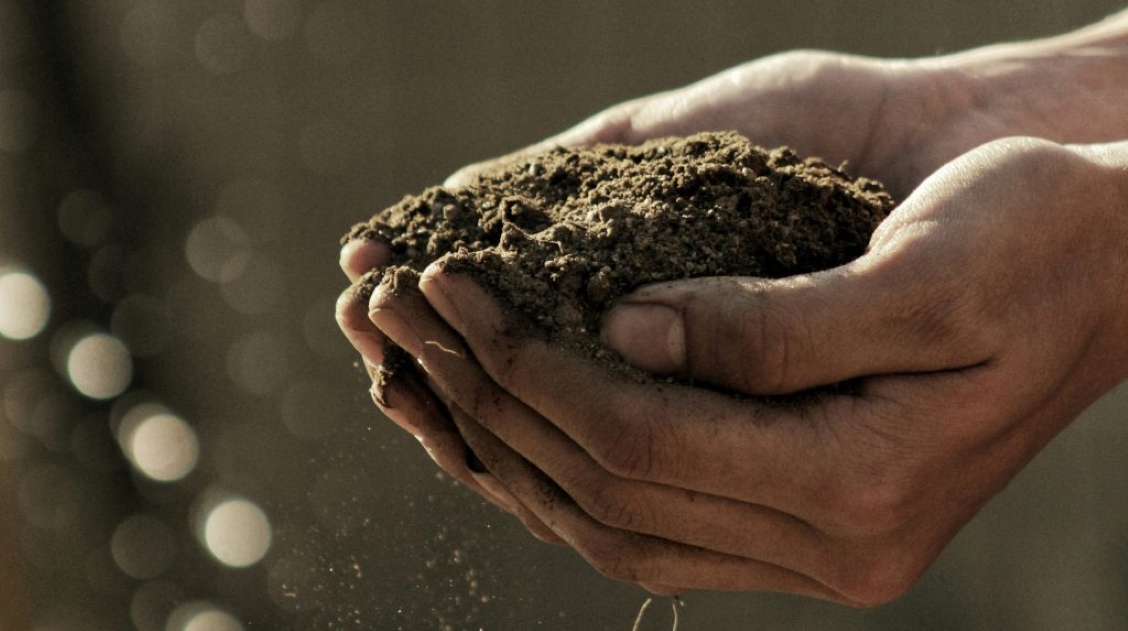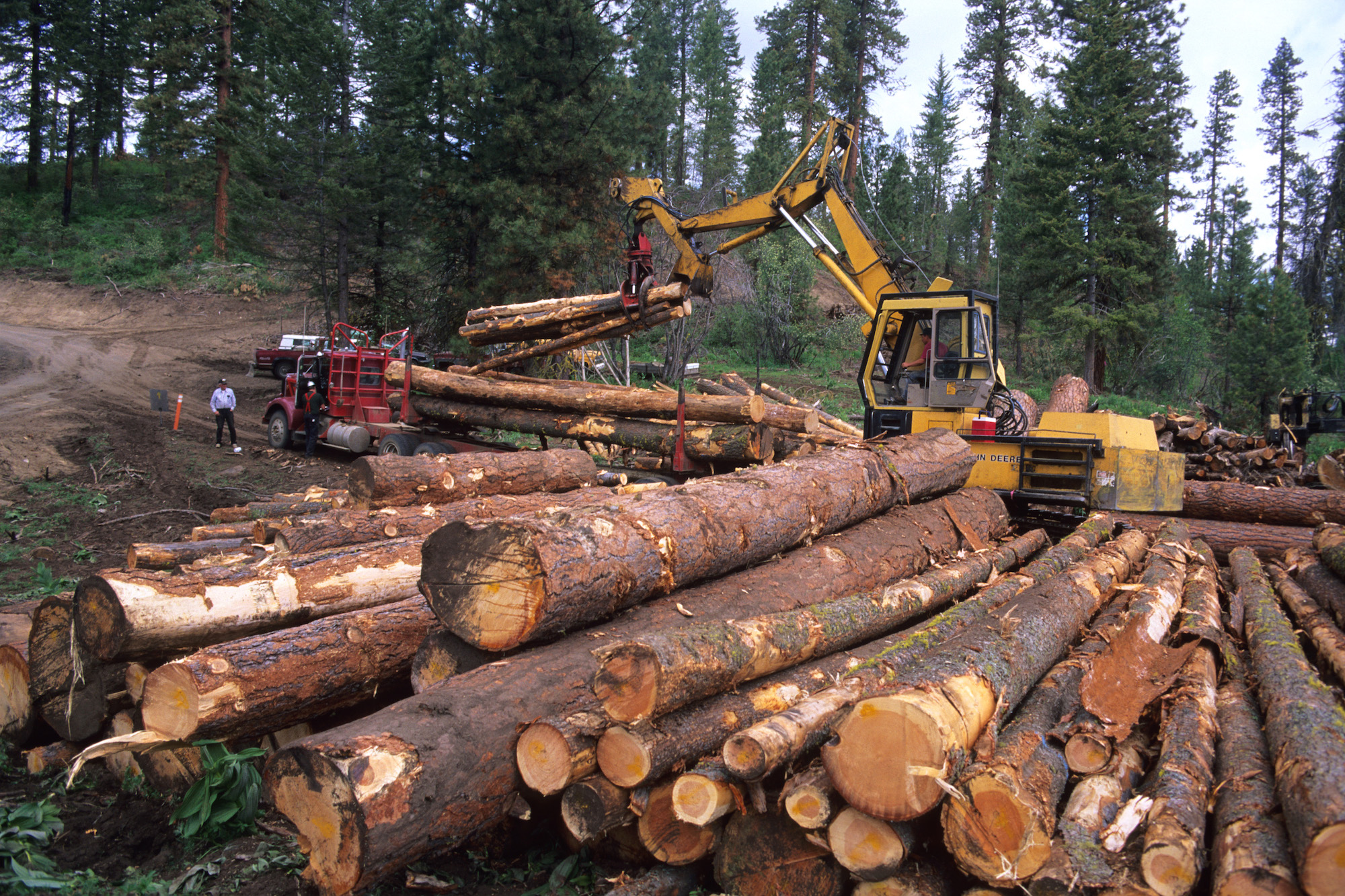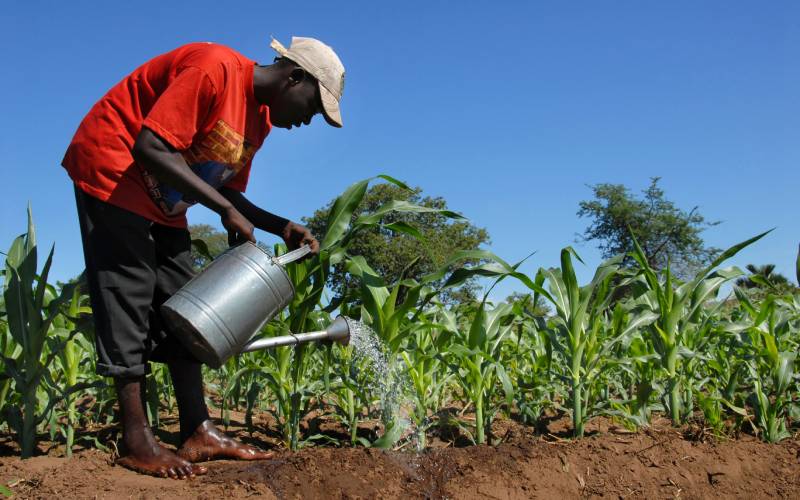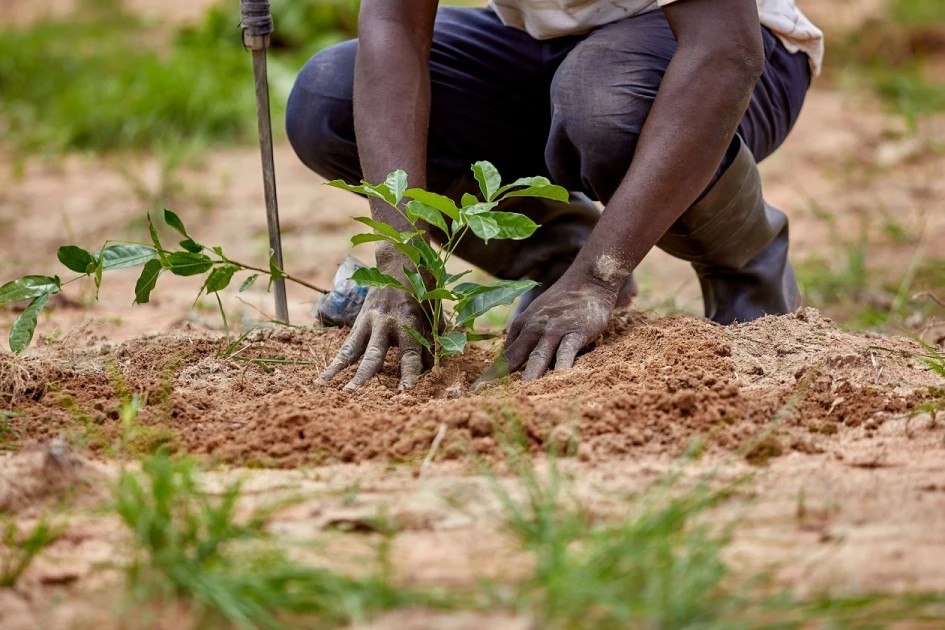- Tree growing is one of the simplest yet most powerful ways a human being can contribute to the protection of the environment.
- Every seedling planted has the capacity to absorb carbon dioxide, clean the atmosphere, and protect the soil from erosion.
With the loss of green areas and the changing climate, Kenya is re-connecting with planting trees, one of the easiest but still effective ways to help the environment.
This October, Kenya has once again turned its attention to tree growing, an act that symbolizes more than environmental restoration. It represents hope, unity, and the shared responsibility of building a sustainable future.
The State Department for Forestry Kenya’s October tree growing drive is urging everyone on board, including the involvement of Cabinet Secretaries who are taking part in the accelerated tree growing program across various allocated sites, including forests and wetlands. Their participation indicates that going green in Kenya is not only a matter of policy but also a joint mission.
Tree growing is one of the simplest yet most powerful ways a human being can contribute to the protection of the environment. Every seedling planted has the capacity to absorb carbon dioxide, clean the atmosphere, and protect the soil from erosion.
Trees are indispensable defenders of our natural habitats because they maintain the stability of rainfall patterns and regulate local climates. In a time when Kenya faces the realities of deforestation, unpredictable weather, and prolonged droughts, restoring tree cover is no longer a choice but a necessity.
Read More
President William Ruto has announced that over a billion trees have already been planted across the country as part of the government’s ambitious plan to grow 15 billion trees by 2032. This monumental milestone is not just a reflection of numbers but a clear indication of collective national commitment. It shows that Kenya is not only setting ambitious goals but is steadily working toward achieving them one seedling at a time.
Moreover, the President’s directive for the Kenya Forest Service (KFS) and the National Youth Service (NYS) to work together in expanding access to seedlings underscores the practical foundation of this vision.
By ensuring that seedlings reach schools, communities, and local farmers, this collaboration turns a government policy into a people-driven movement. It empowers ordinary Kenyans to be active participants in the nation’s ecological renewal rather than passive observers. The true strength of the plan lies not in how many trees the government plants, but in how many citizens join hands to nurture them.
As these efforts take root across the country, their impact ripples far beyond the environment. Every seedling planted has the potential to change lives by restoring degraded land, improving food security, and creating new sources of income. Trees provide fruits and herbs, sustain biodiversity, and open up opportunities in sectors like agriculture, forestry, and ecotourism.
Communities near forests enjoy cleaner air and water, while towns and cities benefit from cooler temperatures and reduced pollution. Schools, youth groups, and institutions have embraced this spirit of renewal, turning tree planting into a national symbol of resilience and unity, and proving that a greener Kenya is not just a dream but a shared responsibility.
Tree growing is not an event but a lifelong commitment. It begins with planting, but the true impact lies in ensuring that seedlings survive to maturity. By coming together to green our nation one tree at a time, Kenyans are creating a living bond between today’s actions and tomorrow’s wellbeing. The sight of saplings lining farmlands, riverbanks, and school compounds is more than a landscape transformation; it is a promise of renewal.
When we plant trees, we invest in the health of our planet and the prosperity of our people. Forests help reduce the severity of floods, shield communities from harsh winds, and provide sanctuary for wildlife. They sustain industries such as tourism, agriculture, and energy, all vital pillars of Kenya’s economy. A well-forested nation is one that can better withstand the shocks of climate change and safeguard future generations.
As the State Department for Forestry Kenya notes, the journey to a greener and cleaner Kenya depends on the participation of all in homes, schools, and communities. Each tree planted is a small but powerful step toward a sustainable future. By turning words into action, Kenya can continue to rise as a model of environmental stewardship in Africa, proving that when a nation unites to care for the earth, the rewards ripple far beyond the soil.
The future we dream of, one filled with fresh air, steady rains, and thriving ecosystems, will grow from the trees we plant today.
Stay connected with us on WhatsApp for instant updates and breaking news as it happens.

